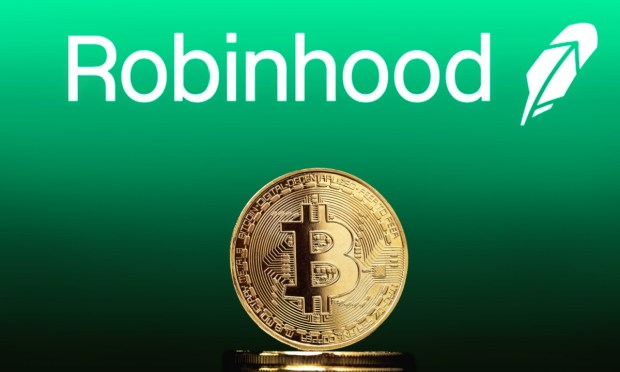
On Monday (Aug. 5), the platform powering 24-7 trading for brokers like Robinhood went offline.
The platform, Blue Ocean, is the infrastructure provider responsible for executing stock trades between traditional market off hours, those falling between 8 p.m. and 4 a.m. (ET), and it was unable to effectively handle the surge in activity during the huge global selloff earlier this week as markets roiled.
While the news was, ultimately, not ideal for Robinhood’s users trying to get in on Monday’s market action, it serves as a promising data point for Robinhood’s business more broadly as hit highlights the ongoing popularity of retail trading. Putting an emphasis on that highlight is the fact that Robinhood on Wednesday (Aug. 7) reported record quarterly revenue and profit that beat Wall Street expectations.
“This quarter, we kept up the pace with rapid product launches and a relentless drive to provide top value for our customers,” said Vlad Tenev, CEO and co-founder of Robinhood.
“I’m encouraged by the progress we’re making as a business,” said Jason Warnick, chief financial officer of Robinhood. “In Q2, we set new quarterly records for revenues and earnings per share as we continue to focus on delivering another year of profitable growth.”
The company’s total net revenues for the second quarter 2024 increased 40% year over year to $682 million, while transaction-based revenues increased 69% year over year to $327 million.
Per Robinhood’s materials, this 69% growth was primarily driven by options revenue of $182 million, which was up 43%; cryptocurrencies revenue of $81 million, up 161%; and equities revenue of $40 million, up 60%.
Other revenues increased 19% year over year to $70 million, primarily due to increased Gold subscription revenues. Gold subscribers increased by 750,000, or 61%, year over year to 2 million.
“With Robinhood Gold reaching 2 million subscribers, we’re witnessing the flywheel accelerate,” Tenev said.
Robinhood’s stock price is trading up about 34% this year as of market close on Wednesday.
Read more: Robinhood Introduces Lower Margin Rates, Targets More Advanced Investors
Robinhood’s commission-free app made its name in the volatile pandemic years by capturing and engaging users who wanted to trade meme stocks and cryptocurrencies.
And while the company is expanding into other products, it remains focused on winning the active trader market within retail stocks and crypto assets.
As PYMNTS reported in June, Robinhood Markets acquired the cryptocurrency exchange Bitstamp for $200 million. The acquisition of Luxembourg-based Bitstamp marks Robinhood’s first institutional business, giving it access to Bitstamp’s other institutional offerings such as white label solution Bitstamp-as-a-service, institutional lending, and staking.
At the same time, Robinhood faces challenges, such as the recent Wells notice from the Securities and Exchange Commission (SEC), a sign of impending enforcement action against the company, one which raises concerns about the future of Robinhood’s crypto trading arm.
The company has argued its firm belief that the crypto assets listed on its platform are not securities, and that it would fight the SEC’s enforcement efforts.
Read also: Making Sense of the State of Crypto in 2024
News also broke in July that Robinhood was acquiring artificial intelligence (AI) research service Pluto Capital. With the Pluto acquisition, the company can now analyze updated market information and a consumer’s own portfolio to provide investment recommendations. It’s the type of individualized advice typically only wealthier investors have access to.
“With $5B in corporate cash and investments, we are well positioned to continue deploying capital,” the company stated, citing further M&A as a focus area.
In another recent move, Robinhood launched a credit card in March, saying it aims to reimagine the credit card experience and make it easier for people to monitor how they spend their money.
And the product diversification appears to be paying off. For the most recent quarter, Robinhood reported that its average revenue per user (ARPU) increased by 35% year over year to $113.
The company’s annualized revenue per employee was $1.2 million in Q2, up 39% year over year.